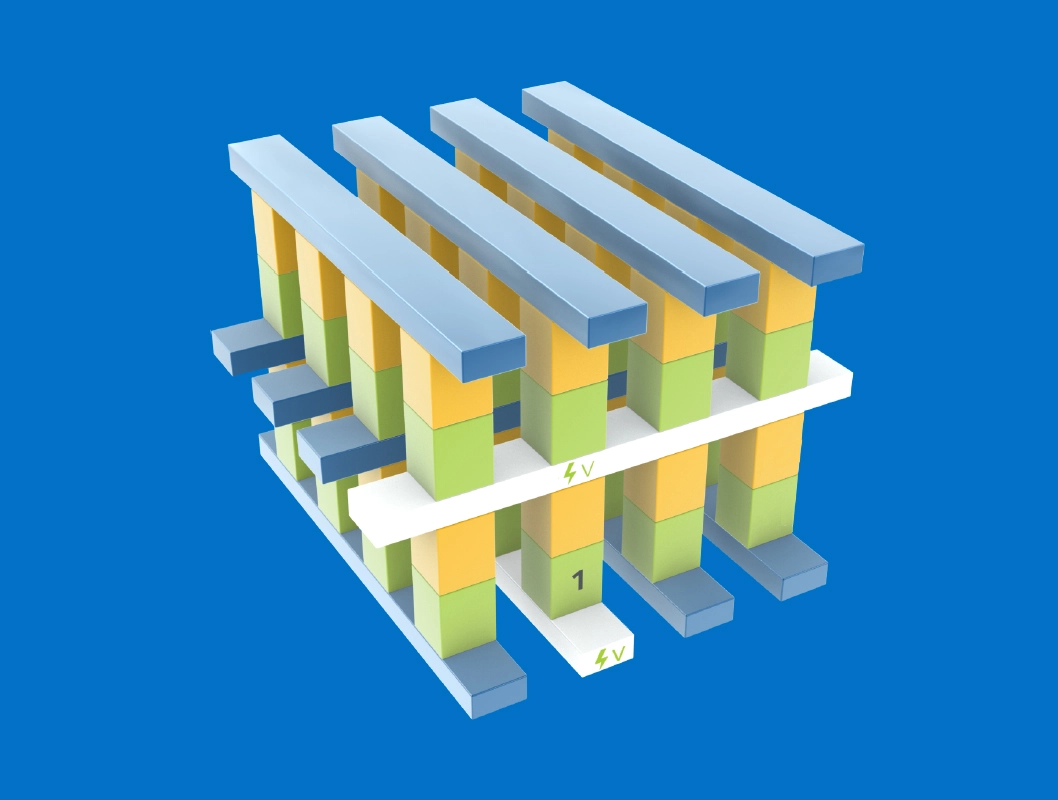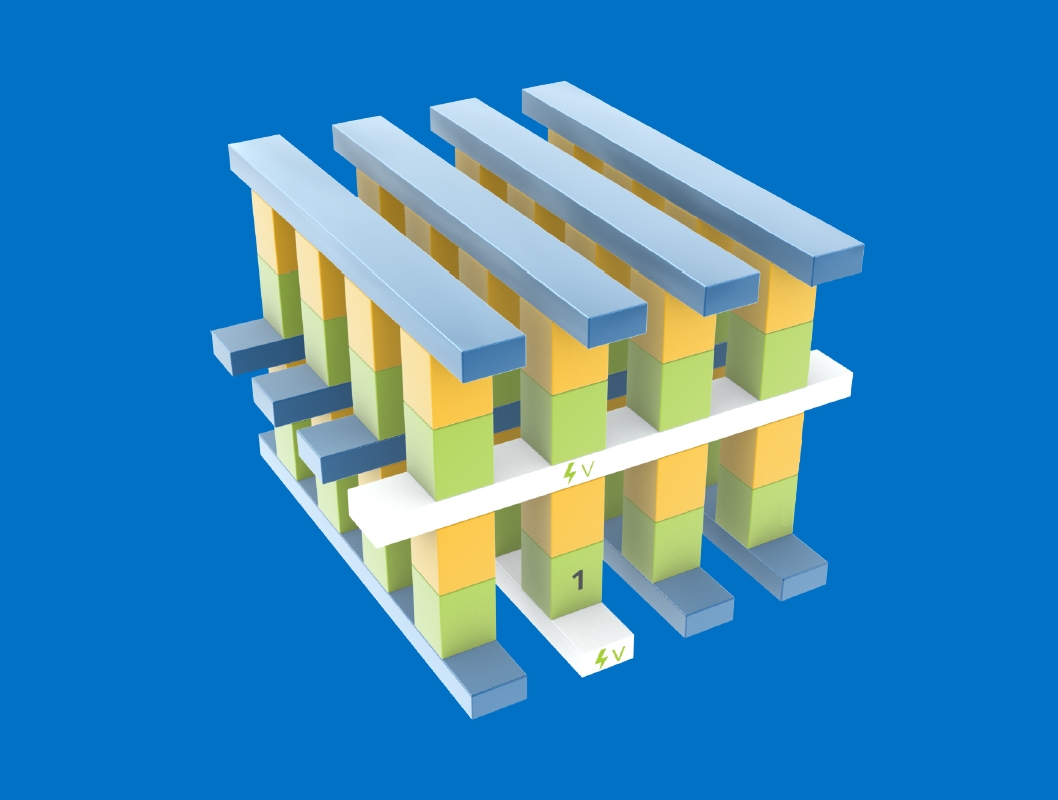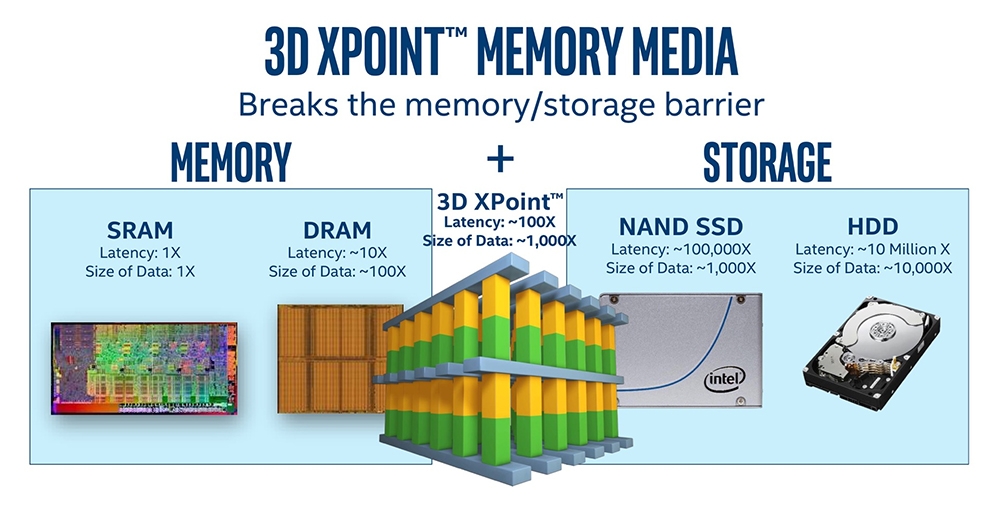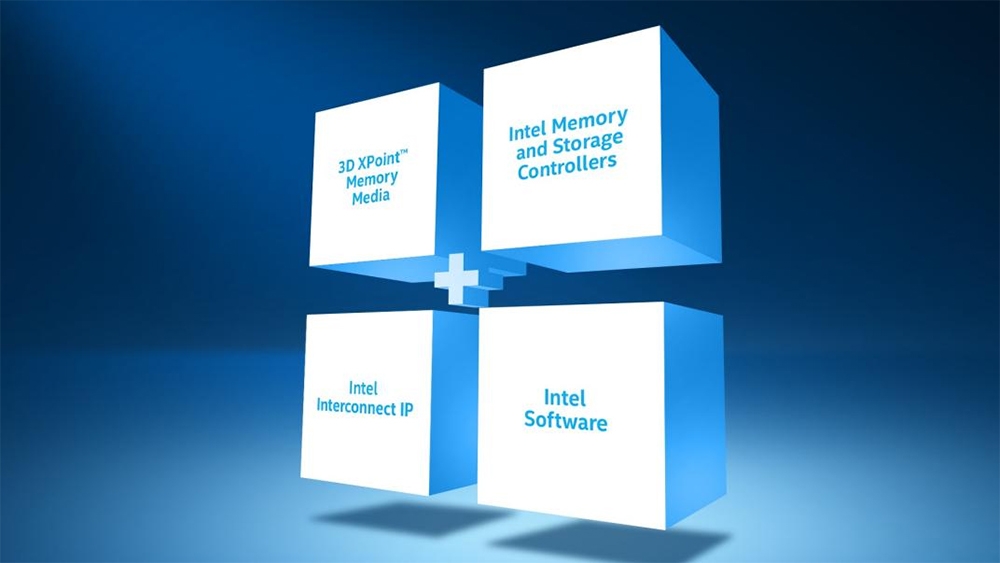

Reasons For Slow PCs
One of the main reasons for slow speeds and responsiveness in PCs is due to storage device response times to the CPU's data requests. Getting around this issue requires memory that is fast, dense, and non-volatile. DRAM memory is fast, but it is still volatile and is not dense. NAND memory found is SSD's are both dense and non-volatile, but is still much slower than DRAM memory. With Intel Optane Technology, computers can be equipped with memory that is faster than NAND, denser than DRAM, and also non-volatile.
What is Intel Optane Technology?

Intel Optane Technology combines non-volatile 3D XPoint Memory Media with Intel's system memory and storage controllers, interface hardware, and software enhancements. In order to make the memory dense, the material used to make 3D XPoint Memory is sliced into columns, each containing a memory cell and a selector. The columns are then connected using a cross-point structure of perpendicular wires that enables each memory cell to be individually addressed by selecting one wire on top and another at the bottom. These memory grids can be stacked in three dimensions to increase density. Unlike DRAM which requires a transistor to modify or access each memory cell, which increases the physical size and cost, Intel Optane technology accomplishes this by varying the voltage to each selector to read or write to a memory cell, which eliminates the need for transistors. This design allows greater capacity than DRAM with the same physical footprint.

Low latency is key to performance, and the latency with Intel Optane Technology is much shorter than NAND memory. This increases the speed at which each data request is processed. Devices, applications, and services that require high-speed access to large data sets can benefit greatly with Intel Optane Technology.
Currently, Intel Optane memory is available for PCs with the following specs:
- A 7th Gen Intel Core processor
- A Motherboard with an Intel 200 series chipset
- An M.2 Type 2280-S1-B-K connector on a PCH Remapped PCIe Controller and lanes in an x2 and x4 configuration with B-M keys that meet NVMe Spec 1.1
- BIOS that supports the Intel Rapid Storage Technology (Intel RST) 15.5 or later
- Windows 10 64-bit or above installed on a supported SATA-based storage device

Understanding Intel Optane Technology

Reasons For Slow PCs
One of the main reasons for slow speeds and responsiveness in PCs is due to storage device response times to the CPU's data requests. Getting around this issue requires memory that is fast, dense, and non-volatile. DRAM memory is fast, but it is still volatile and is not dense. NAND memory found is SSD's are both dense and non-volatile, but is still much slower than DRAM memory. With Intel Optane Technology, computers can be equipped with memory that is faster than NAND, denser than DRAM, and also non-volatile.
What is Intel Optane Technology?

Intel Optane Technology combines non-volatile 3D XPoint Memory Media with Intel's system memory and storage controllers, interface hardware, and software enhancements. In order to make the memory dense, the material used to make 3D XPoint Memory is sliced into columns, each containing a memory cell and a selector. The columns are then connected using a cross-point structure of perpendicular wires that enables each memory cell to be individually addressed by selecting one wire on top and another at the bottom. These memory grids can be stacked in three dimensions to increase density. Unlike DRAM which requires a transistor to modify or access each memory cell, which increases the physical size and cost, Intel Optane technology accomplishes this by varying the voltage to each selector to read or write to a memory cell, which eliminates the need for transistors. This design allows greater capacity than DRAM with the same physical footprint.

Low latency is key to performance, and the latency with Intel Optane Technology is much shorter than NAND memory. This increases the speed at which each data request is processed. Devices, applications, and services that require high-speed access to large data sets can benefit greatly with Intel Optane Technology.
Currently, Intel Optane memory is available for PCs with the following specs:
- A 7th Gen Intel Core processor
- A Motherboard with an Intel 200 series chipset
- An M.2 Type 2280-S1-B-K connector on a PCH Remapped PCIe Controller and lanes in an x2 and x4 configuration with B-M keys that meet NVMe Spec 1.1
- BIOS that supports the Intel Rapid Storage Technology (Intel RST) 15.5 or later
- Windows 10 64-bit or above installed on a supported SATA-based storage device




